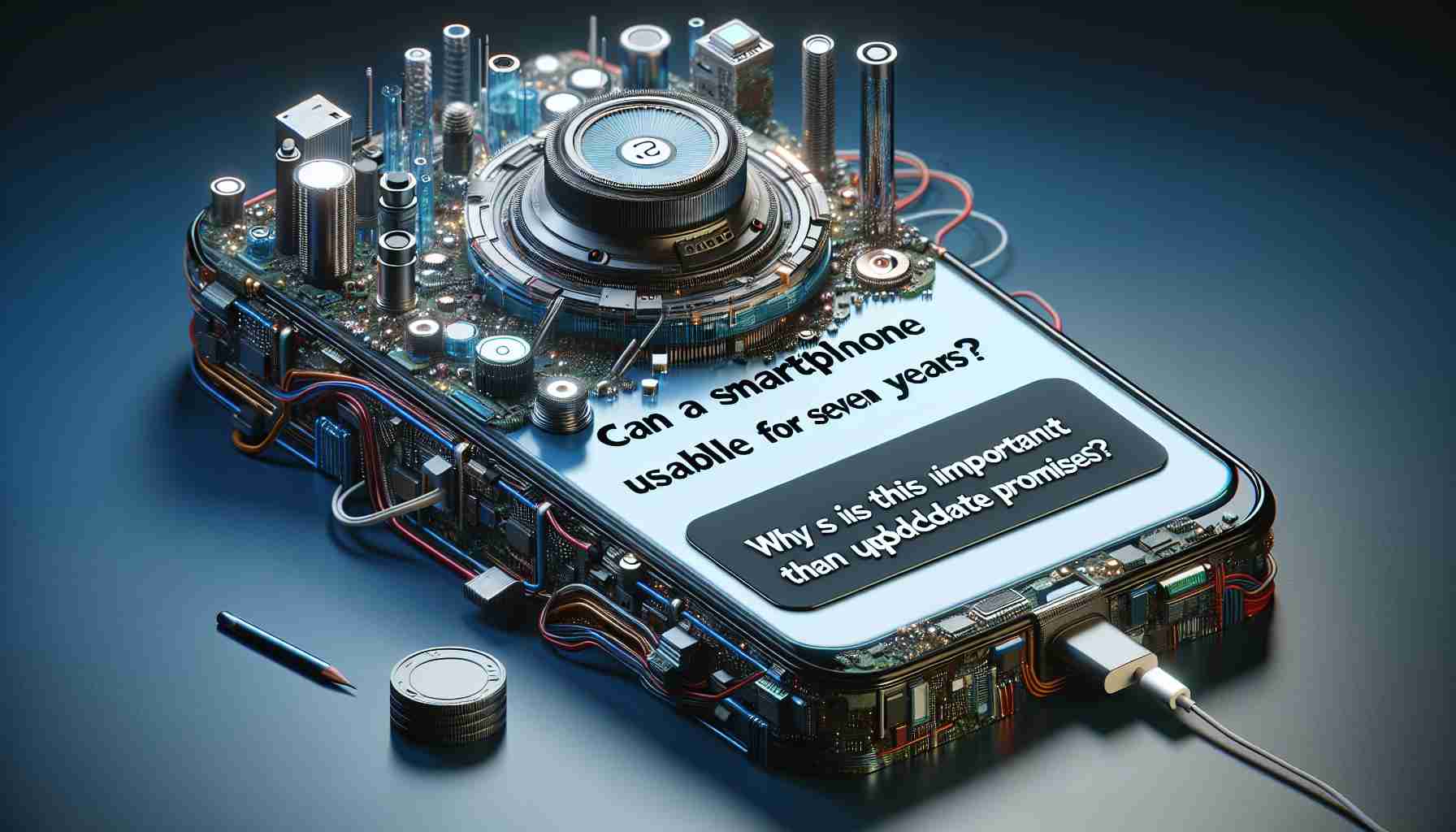In this article, we will explore the concept of smartphone longevity, focusing on whether a smartphone can remain useful for seven years. While software updates are often emphasized, there are other crucial factors that play a significant role in determining a smartphone’s usability over time.
One of the critical elements to consider is the battery’s condition. It is a well-known fact that smartphone batteries start to decline in efficiency after a few years of use. This applies not only to budget devices but also flagship smartphones like the newly launched Samsung Galaxy S24 Ultra. It’s important to note that fast charging can expedite the battery aging process. In such cases, users may contemplate whether to replace the battery or purchase a new phone altogether.
The answer to this dilemma depends on individual circumstances. For a budget smartphone valued at $200, opting to replace the battery for around $30 may be a sensible choice. However, when it comes to high-end phones worth $1000, a modular design approach comes into play.
The battery is not the only component that experiences wear and tear. Other elements such as cameras, screens, and internal memory also deteriorate with time. To address this, manufacturers should consider utilizing more durable materials and components that can prolong a device’s lifespan. Exploring the use of recycled materials, creating robust screens, or introducing expandable memory options are among the possibilities.
We must also consider the environmental impact of constantly upgrading smartphones. By extending software support and enhancing hardware durability, we can significantly reduce electronic waste and contribute to a more sustainable future.
However, accessibility to spare parts and repair instructions is crucial. Manufacturers should offer access to genuine spare parts at reasonable prices, accompanied by clear repair instructions. Additionally, encouraging users to replace certain components independently, such as camera modules or expanding RAM, can motivate them to extend the lifespan of their devices rather than purchasing new ones.
Transparency regarding the expected lifespan of smartphones is equally important. Manufacturers should avoid practices that intentionally shorten the hardware’s durability and communicate the software update schedule clearly. Providing extended support for critical security patches builds trust and fosters longer device usage.
By adopting a more integrated approach that considers both software support and hardware durability, the smartphone industry can create a future where seven years of updates are not just a marketing campaign element but a genuine representation of device longevity and sustainable development. It is time to move beyond mere software updates and embrace a true circular economy for smartphones—one that prioritizes durability, ease of repair, and sustainable upgrade options.
FAQ
Q: What factors affect the usability of a smartphone over time?
A: The condition of the battery, deterioration of components such as cameras and screens, and loss of memory efficiency are key factors that impact a smartphone’s usability over time.
Q: Should I replace the battery when it starts losing efficiency?
A: The decision to replace the battery or purchase a new phone depends on various factors, such as the device’s value and individual circumstances. For budget phones, replacing the battery may be a reasonable choice, while higher-end phones might benefit from modular design options.
Q: How can manufacturers contribute to the longevity of smartphones?
A: Manufacturers can utilize more durable materials and components, offer access to spare parts and repair instructions, and communicate the expected lifespan of devices transparently. Embracing sustainable practices like using recycled materials and introducing expandable memory options also play a role.
Q: What are the environmental implications of constant phone upgrades?
A: Constant upgrades contribute to electronic waste. By extending software support, improving hardware durability, and reducing the need for frequent replacements, we can significantly decrease the environmental impact of smartphones.
Q: How can users extend the lifespan of their smartphones?
A: Users can prioritize repairability by replacing certain components themselves, such as camera modules or expanding RAM. Following manufacturer instructions, utilizing genuine spare parts, and maintaining devices properly can also help prolong their lifespan.
Sources:
– Samsung: www.samsung.com
– Apple: www.apple.com
– Huawei: www.huawei.com
The source of the article is from the blog myshopsguide.com
